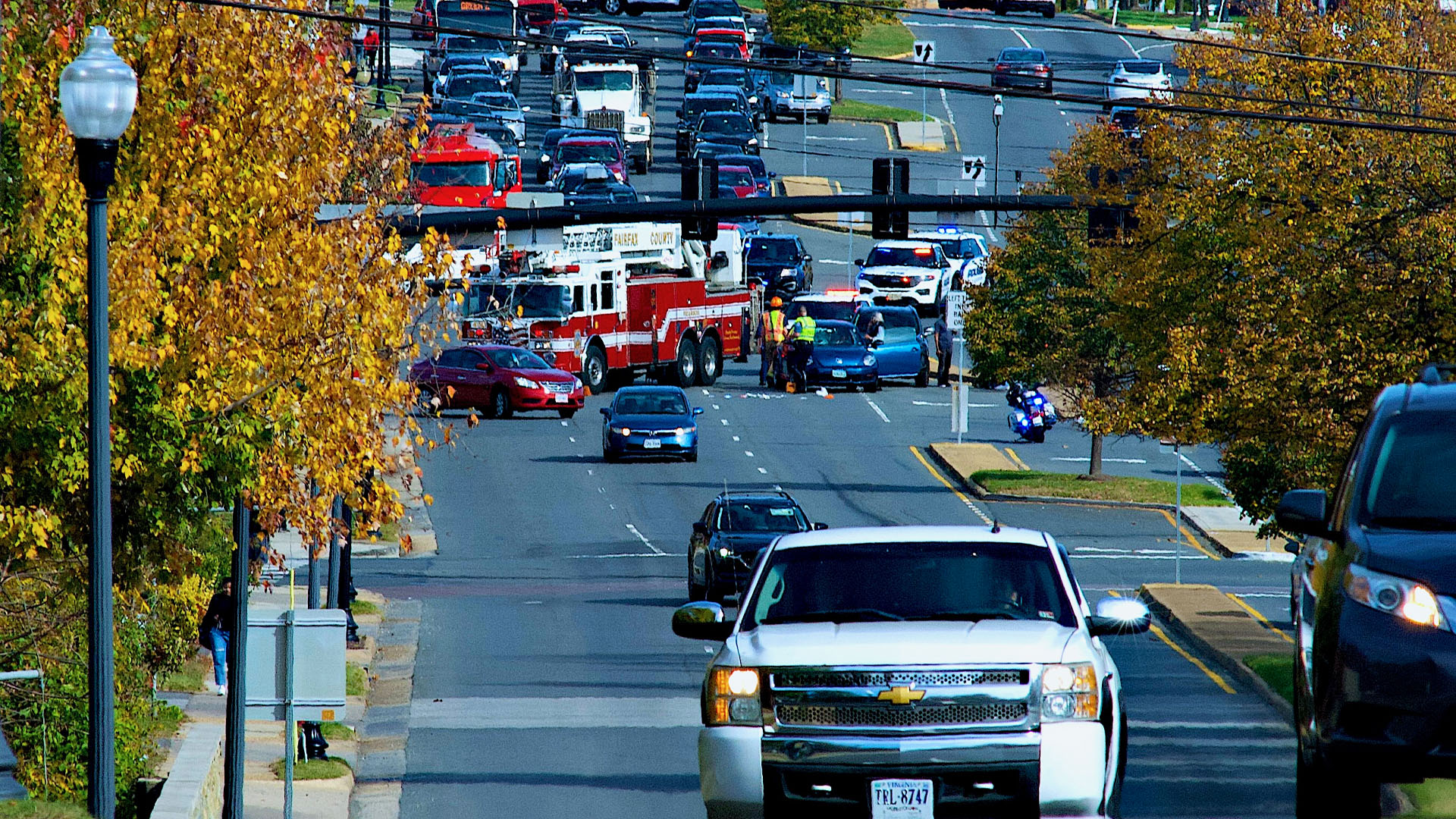April 8 eclipse could bring uptick in fatal car crashes, scientists caution
An analysis of car crashes during the 2017 solar eclipse in the U.S. suggests the upcoming April eclipse could also come with an uptick in fatal accidents.

The total solar eclipse on April 8 could come with an uptick in fatal car crashes, scientists caution in a new report.
It's more common to hear about eclipse-related eye injuries than car crashes. But during the last total solar eclipse in North America — the "Great American Eclipse" of 2017 — the U.S. saw a brief-but-significant increase in fatal crashes, researchers warned in a research letter published Monday (March 25) in the journal JAMA Internal Medicine.
The surge in crashes wasn't tied to the daytime darkness caused by the eclipse. Actually, "we see a significant decrease during the single hour that involves the eclipse," said co-author Dr. Donald Redelmeier, a professor of medicine at the University of Toronto and a staff physician at the Sunnybrook Health Sciences Centre.
"The problem is the surrounding hours, when people are traveling to their place of observation and especially afterwards," Redelmeier told Live Science. "We're especially concerned about the drive home."
Related: Now's the time: Where to buy your solar eclipse glasses before the April 8 total eclipse
During the 2017 eclipse, the path of totality — the route the moon's shadow takes across the Earth below — was narrow, about 70 miles (113 kilometers) wide. In the center of that path, eclipse viewers got the longest glimpse of totality, in which the moon totally blocks the sun's face. Some 20 million people in the U.S. traveled to a different city to reach the path of totality, estimates suggest.
During the upcoming April 8 eclipse, viewers within the path will be able to witness totality for about 2.5 to 4.5 minutes, depending on their location. Viewers outside the path's boundaries will be able to see only a partial eclipse.
Get the world’s most fascinating discoveries delivered straight to your inbox.
Given that the 2017 eclipse generated such heavy traffic, Redelmeier and co-author Dr. John Staples, a clinical associate professor at the University of British Columbia, wanted to see if it was tied to life-threatening road accidents. They pulled data from the National Highway Traffic Safety Administration's Fatality Analysis Reporting System, a registry of all fatal traffic crashes on public roads in the U.S. They focused on the three-day window surrounding the Aug. 21, 2017 eclipse. As points of comparison, they also looked at crash data from three-day windows a week prior to and a week after the astronomical event.
In addition, they used a U.S. Navy calculator to determine the timing of each crash relative to the time of maximal eclipse, based on the accident site's latitude and longitude.
Overall, the eclipse was tied to a 31% increase in fatal crashes, compared to the two comparison time windows. That increase is in line with what's seen around major travel holidays, such as Thanksgiving and July 4th weekend.
Put in other words, around the eclipse, about 10.3 people were involved in fatal crashes per hour, compared with 7.9 people per hour on the comparison days. "This averaged to 1 extra crash-involved person every 25 minutes and 1 extra crash fatality every 95 minutes," the researchers wrote.
The risk varied over time, rising above average before the eclipse, falling below during the eclipse and then shooting up to its highest levels — nearly 50% above average — after the event. The bumps in risk were higher in places with clear skies than in overcast locations, which may be explained by people congregating under clear skies to view the eclipse, Redelmeier said.
In advance of the April 8 eclipse, Redelmeier said, "Our takeaway is to recommend all the standard safety strategies — they really do work." These measures include adhering to speed limits, minimizing distractions while driving, signaling turns and lane changes, and wearing seat belts.
It's worth noting that the new study highlighted only fatal crashes. And while it's likely that the eclipse traffic was also tied to less-severe accidents, "we just don't have the data on that," Redelmeier noted. Nor did the data differentiate between those who traveled to watch the eclipse and those who didn't but were nonetheless caught in eclipse-related traffic.
"Just because you're not an amateur astronomer, doesn't mean you can escape all this," Redelmeier said, "because we all share the roads together."
Ever wonder why some people build muscle more easily than others or why freckles come out in the sun? Send us your questions about how the human body works to community@livescience.com with the subject line "Health Desk Q," and you may see your question answered on the website!

Nicoletta Lanese is the health channel editor at Live Science and was previously a news editor and staff writer at the site. She holds a graduate certificate in science communication from UC Santa Cruz and degrees in neuroscience and dance from the University of Florida. Her work has appeared in The Scientist, Science News, the Mercury News, Mongabay and Stanford Medicine Magazine, among other outlets. Based in NYC, she also remains heavily involved in dance and performs in local choreographers' work.


